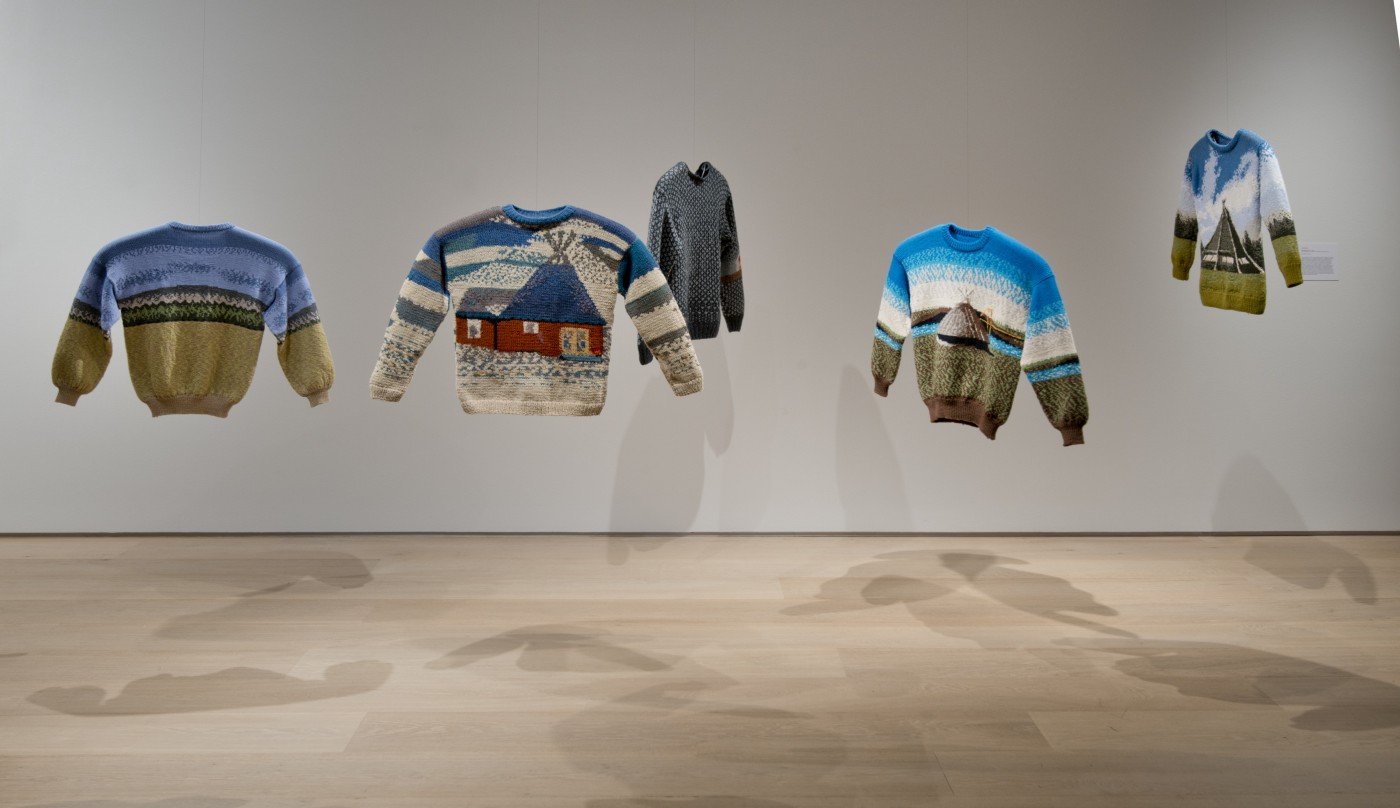
Capital, Colonization, Contemporaneity: The Architecture Behind Joar Nango’s Sámi Shelters
According to Sámi artist and architect Joar Nango, “colonization and architecture are not separate phenomena.”
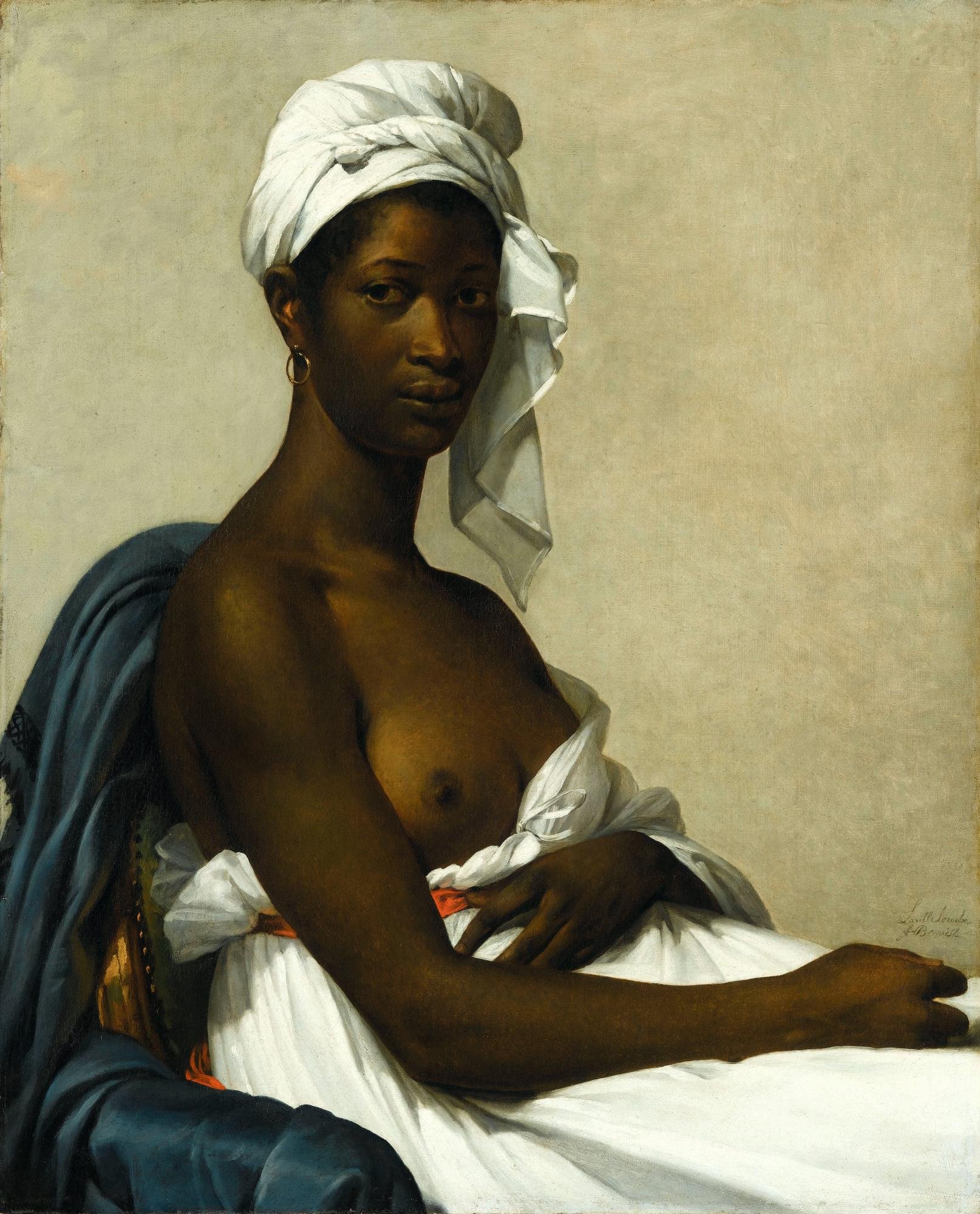
Deux tableaux, deux mesures : la réception de la race aux Salons du Louvre de 1741 et de 1800
L’histoire du Salon public du Louvre, racontée à travers le sujet caché de la race.
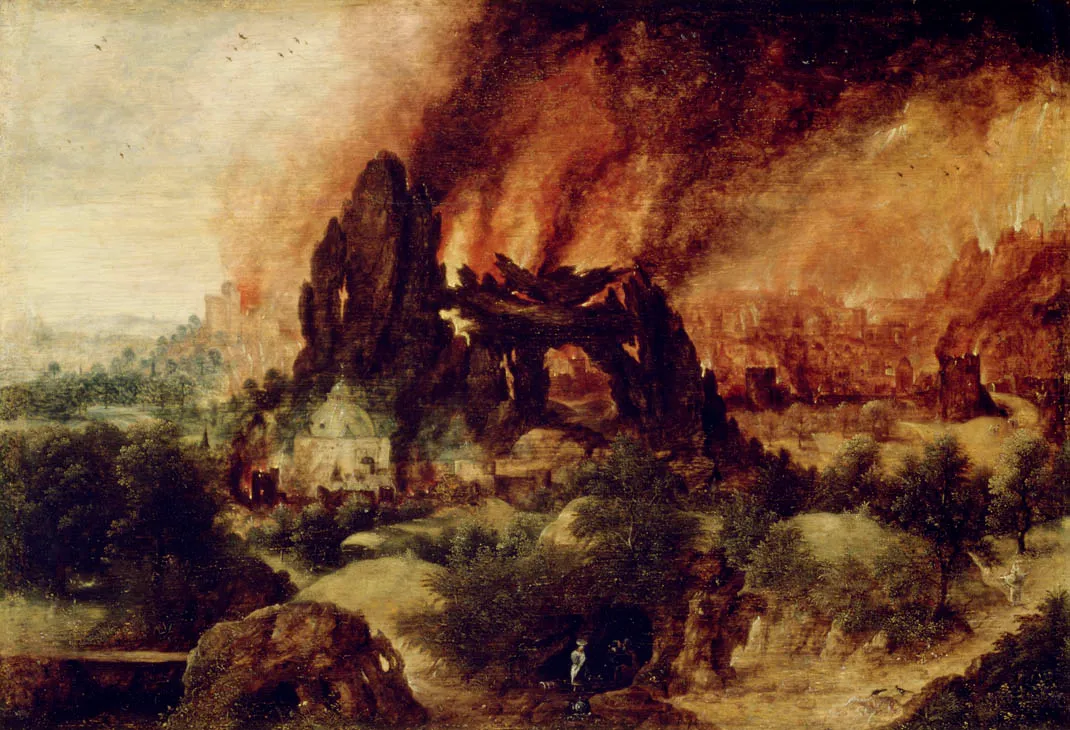
Natural Landscape as the Great Visual Raconteur: A Reading of The Destruction of Sodom and Gomorrah
Bles imagines a novel frontier through the overlooked set-pieces of Northern Renaissance paintings—one where nature is a primary narrative-emotive device conveying the Lord’s wrath.

Exhibiting Artemisia
When curating Artemisia Gentileschi, what story does one tell—that of a violent life or a pioneering businesswoman?

Tam Khoa Vu’s “Their Country”: Towards an Empowered Telling of Migrant Future
“All wars are fought twice, the first time on the battlefield, the second time in memory.”

Venus in the City: Alma-Tadema’s Female Figures and the Creation of an Erotic Geography
Using Unconscious Rivals and other Roman genre scenes as a case study, Taryn Power examines the use of Roman literature and history as a language for discourse about gender, sexuality, and urbanity in late-nineteenth century London.
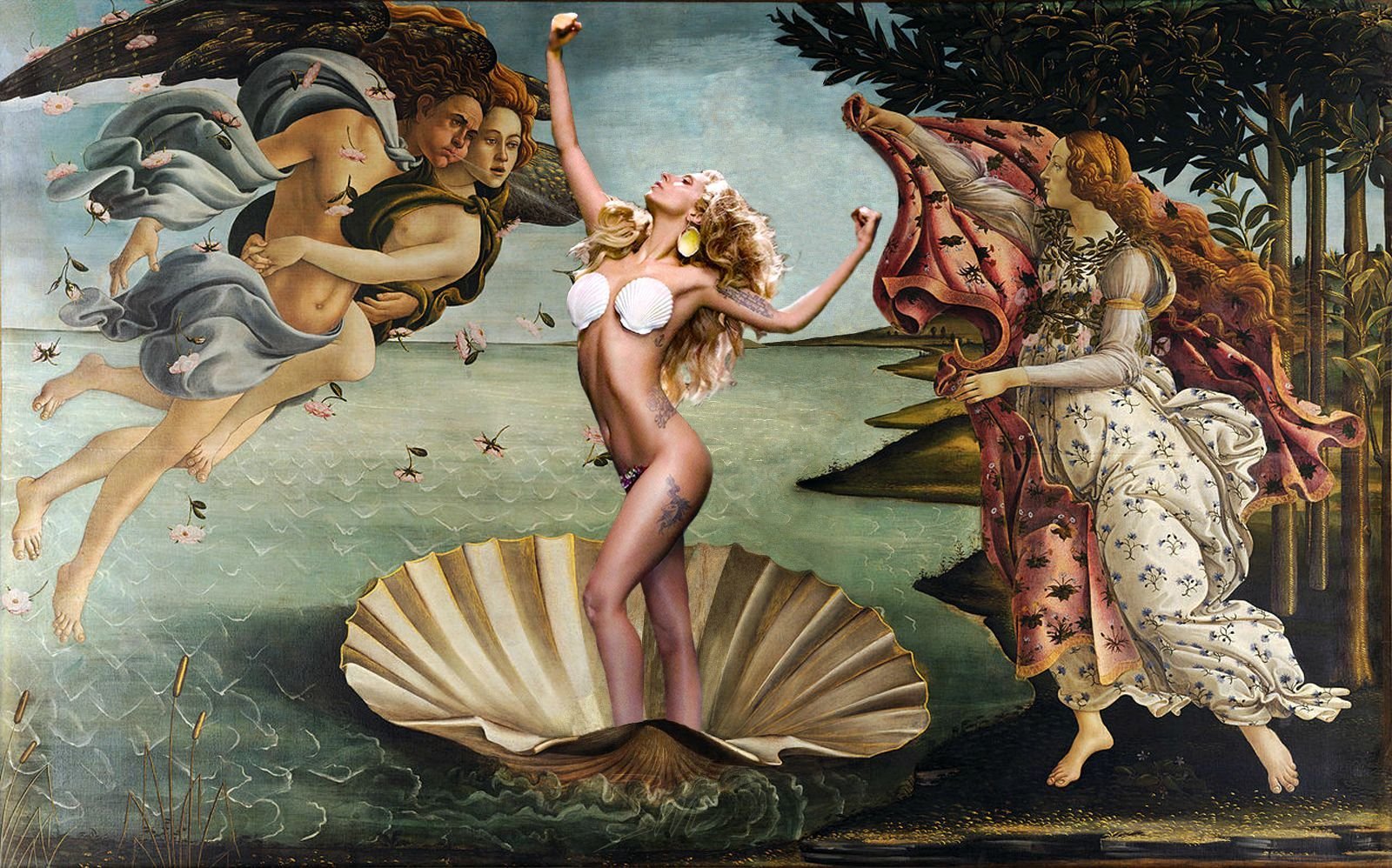
A Queer Analysis of Botticelli’s Venus and Her Role as Pop-Cultural Icon
Botticelli’s Venus exhibits a dual, paradoxical nature: she is both shamed into modesty yet empowered by her sexual agency. Consequently, she may be understood as a symbol of sexual— and thus societal emancipation for oppressed and marginalized individuals.

Materially Immaterial: Perspective and Value Creation through NFTs and Photographic Negatives
Precisely what an NFT is, relies on the evolving understanding of ‘authenticity’ that has been central to the art market since its inception.

Looming Large: Coverlet Weaving in Southern Appalachia
Madeleine Mitchell formulates a model for assessing Craft Revival coverlets as art in order to argue for their consideration in the art historical scope.

Urban Art in Montreal’s Creative City: Intersections of Street Art, Graffiti, and Gentrification in the Plateau-Mont-Royal
Gentrification, activism, and community come together and conflict in the Plateau-Mont-Royal’s street art.

Mimicry as a Method of Subversion in Indigenous Art
Kent Monkman and Rebecca Belmore appropriate the materials and styles of colonisers to express Indigenous themes as they relate to anticolonialism.
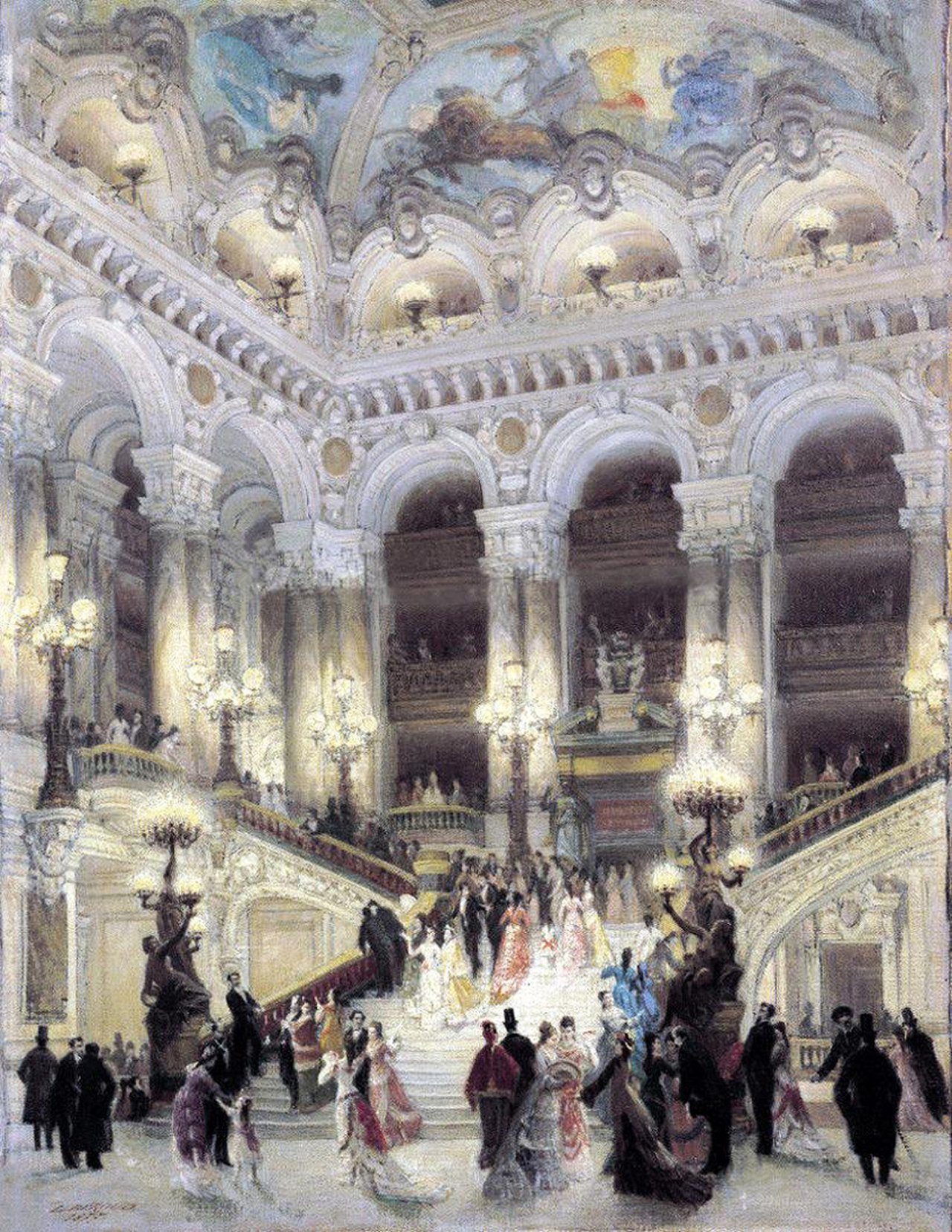
Le Grand Escalier du Nouvel Opéra: A Feminist Approach
The Grand Escalier sites the contradictions of Second Empire society that existed in post-Haussmann Paris. Acting as a microcosm of the newly modernised city, the space privileges the flâneur, veils the Parisienne, and erases the existence of those who do not perform social respectability.
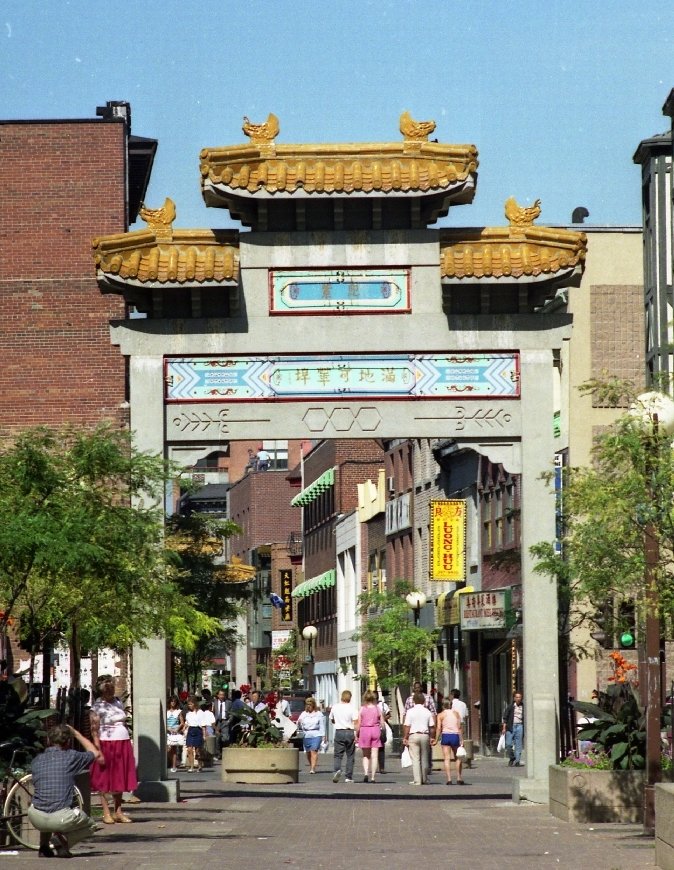
The Aestheticization of Chinatown: A Sociopolitical Account of Montreal’s Paifangs
A deep dive into the history of Montreal’s Chinatown via examinations of multiculturalism, aesthetics, and survival.

Revitalizing the Records: Examining the Photographic Work of Shelley Niro and Jeffrey Thomas
Mohawk photographer Shelley Niro and urban Iroquois photographer Jeffrey Thomas reclaim photographic authority to unsettle and repurpose the colonial archive and its myths.

Bridging Social Divides Through Death: Nicolas Lachance’s Danse macabre (édition Heidelberg, 1488)
Danse macabre (édition Heidelberg, 1488) emphasizes the innate ties between human individuals and attempts to bridge social divides in an institution which has historically promoted these exact class divisions and social hierarchies—an act which may be consequently understood as a demand for social change in contemporary society.

Laughing Through World War II: How the American Government and Radio Executives Imperceptibly Infused Propaganda into Entertainment Shows
The OWI took advantage of the popularity of comedy shows to explain government goals in simple terms and encourage Americans to make sacrifices for the war effort.

Universality & Malleability: Icons of the Virgin at Saint Catherine’s Monastery
The Virgin may be understood as the quintessential figure of both iconographic universality and malleability—allowing for the simultaneous creation of a shared identity across the Byzantine Empire and of unique particularities relevant to specific sacred sites.
